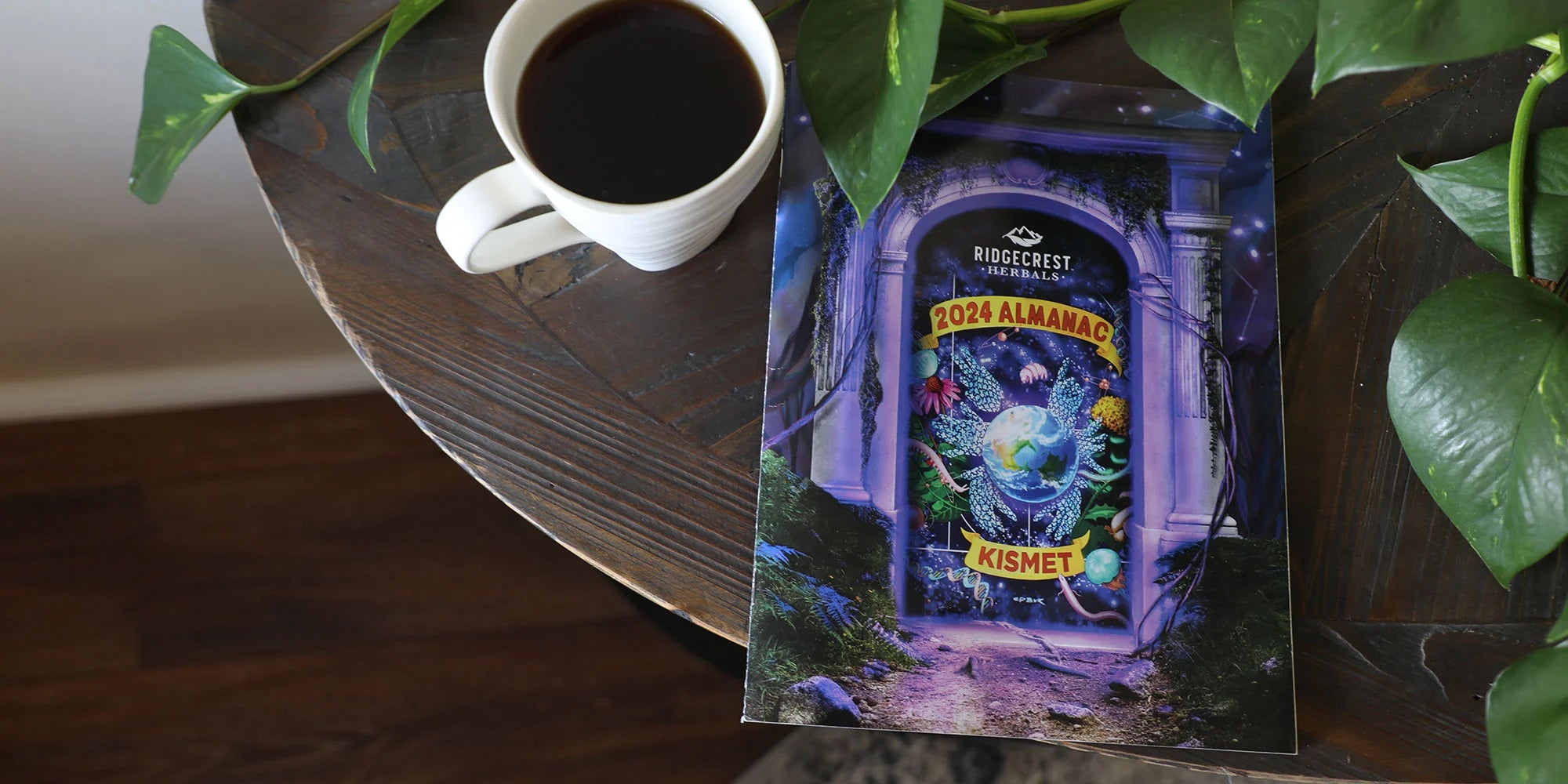What needs to be in your emergency kit? Well, that will depend on where you are in your life and who you need to consider. Are you a mother with young children that drives everywhere, but are never far from home? Or are you an avid outdoorsman who travels, hikes, and camps in remote areas? Emergency kits are as different as the people that use them, the places they go, and the kinds of emergencies that are most likely to happen wherever they are. An emergency kit should contain things that you can use in an emergency, so it helps to imagine the worst things that are likely to happen to you and what you might need in that situation. For example, most of us are very reliant on our cell phones, and a cell phone is a great emergency kit for many situations, but an emergency whistle might be a good backup if you are away from cell towers, your phone dies, or if it gets wet or broken. Speaking of which, an emergency kit is only useful if it is WITH you. So you probably want one for your home, one for work, and one for the car. You may also want a smaller kit that you keep with you all the time, like in your pocket, purse, or bag.
In my truck, I always keep something handy to break glass and or/cut seat belts in a vehicle emergency. It doesn’t have to be a fancy tool - a box cutter and a length of steel pipe will do. A fire extinguisher can also be a lifesaver, if you keep it maintained. After the “hurry cases” of first aid (heart attack, bleeding, breathing, and poisons), hypothermia may be one of the fastest killers. If you are cold and wet, hypothermia can set in in minutes, causing bad decisions and disorientation. A thick blanket, “space blanket,” or emergency bivvy sack of reflective mylar could be a lifesaver.
Here are some things you might want to consider for your kit(s):
- Emergency water and food for 24-72 hours (rotate it every 6 months)
- Sanitation kit (toilet paper, trowel or shovel, baby wipes, etc)
- Medicines (including herbs or supplements, pain relievers, and other most-needed remedies)
- Extra clothing (including waterproof jacket or poncho, hat, sunglasses, bandanas, and gloves)
- First aid kit (this could be a separate but similar topic all by itself)
- Fire extinguisher (especially important in home and car kits, businesses usually have them already)
- Whistle and pocket mirror (for signaling and inspecting injuries you can’t see directly)
- Hammer, small ax or cable saw, pliers, pocket knife, and sharpening tool
- Flashlight and extra batteries
- Candles and waterproof matches



